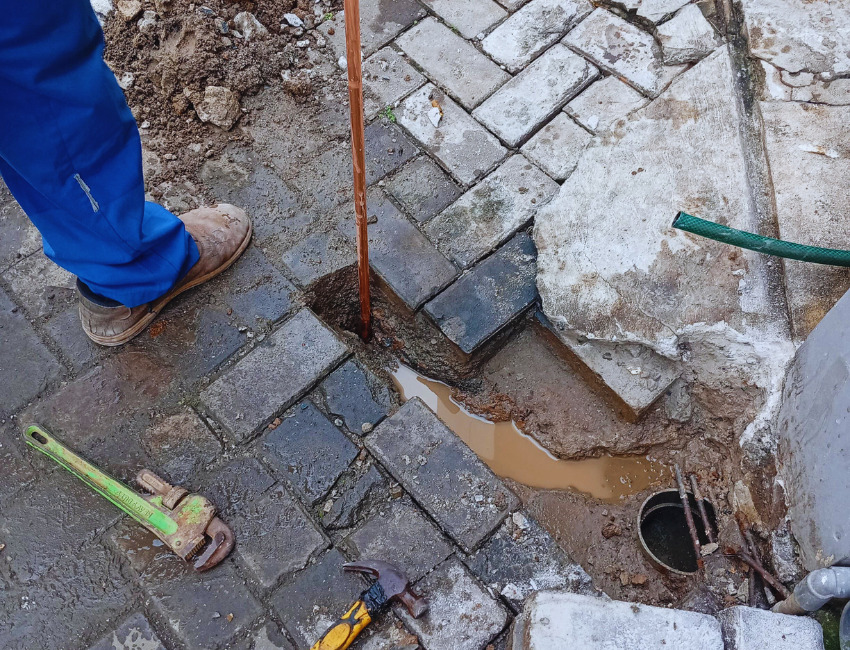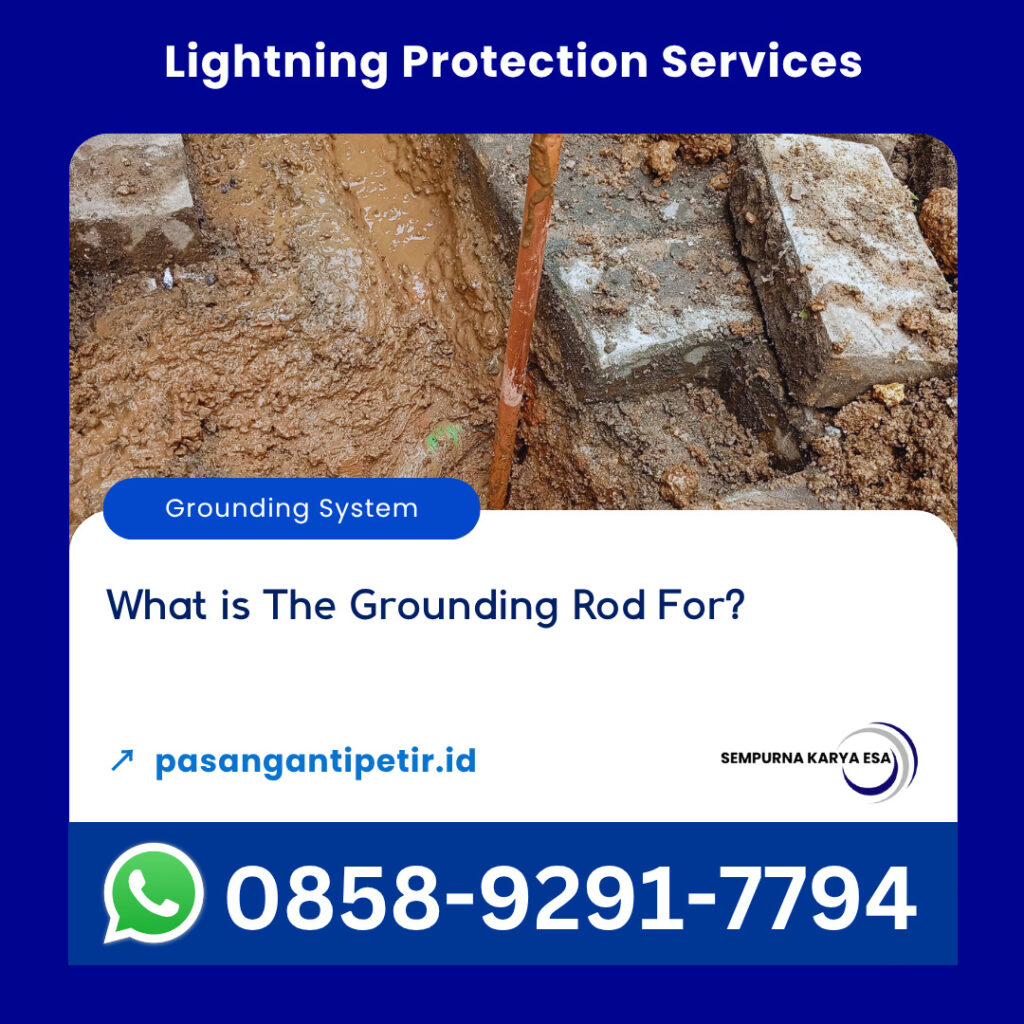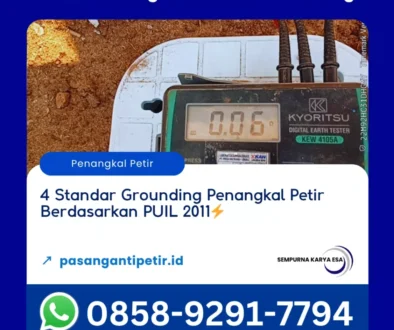What is The Grounding Rod For?
What is The Grounding Rod For?
Grounding is a critical component in electrical systems, and one of its key elements is the grounding rod. But many homeowners, electricians, and even students of electrical engineering often ask: What is the grounding rod for? This article explores in detail the purpose, function, and importance of the grounding rod, especially in residential, commercial, and industrial systems.
Understanding the Basics of Grounding
Before we dive into what is the grounding rod for, it’s important to first understand the concept of grounding itself.
Grounding in Electrical Systems
1. Safety First
Grounding is primarily a safety mechanism. It directs excess electrical energy safely into the earth to prevent electric shock, equipment damage, or fire hazards. When a fault occurs of such as a short circuit, the grounding system provides a low-resistance path for the current to flow harmlessly into the earth.
2. Stabilizing Voltage
Grounding helps stabilize voltage levels in electrical systems. It provides a reference point for all electrical devices connected to the system, ensuring that electrical potential remains consistent.
What is The Grounding Rod For?
Now we come to the core question: What is the grounding rod for?
A grounding rod, also known as a ground rod or earth rod, is a long metal rod usually made of copper or galvanized steel driven into the ground to establish a connection between the electrical system and the earth.
Core Functions of the Grounding Rod
1. Direct Fault Current into the Earth
When a fault occurs in an electrical circuit, such as a lightning strike, line surge, or equipment malfunction the grounding rod acts as a conduit to safely direct the high voltage energy into the ground, thereby protecting humans and equipment.
2. Prevent Electric Shock
If a live wire comes into contact with a metallic part of an appliance or equipment, the grounding rod ensures that the electricity flows away from the person touching the appliance, reducing the risk of electric shock.
3. Minimize Electromagnetic Interference (EMI)
Grounding rods also help to reduce electromagnetic noise and interference in sensitive electronics by maintaining a clean reference voltage.
4. Lightning Protection
In buildings equipped with lightning protection systems, the grounding rod is part of the final discharge path, sending lightning energy safely into the earth.
Types of Grounding Rods
To fully understand what is the grounding rod for, it’s useful to explore the different types available.
Types Based on Material
1. Copper Ground Rods
Copper is a highly conductive and corrosion-resistant material, making it ideal for long-term grounding. These are widely used in both residential and commercial installations.
2. Galvanized Steel Rods
These are more affordable and resistant to mechanical damage. However, they are less conductive than copper and may corrode faster depending on soil conditions.
3. Stainless Steel Rods
Used in environments where corrosion resistance is critical, such as near saltwater or chemical processing plants.
Installation and Placement Considerations
When asking what is the grounding rod for, you must also consider how and where it’s installed.
Proper Installation is Critical
1. Depth and Position
Grounding rods are typically driven at least 8 feet into the ground vertically. In rocky areas, they may be installed at a 45-degree angle or even buried horizontally.
2. Soil Conductivity
Soil composition affects grounding effectiveness. Moist, loamy soils conduct electricity better than dry, sandy, or rocky soils.
3. Connection to the Grounding Electrode System
A single grounding rod is often connected to a larger grounding system that includes metal water pipes, building steel, or concrete-encased electrodes.
What Happens Without a Grounding Rod?
Understanding what is the grounding rod for becomes clear when we look at the risks of not having one.
Consequences of Poor Grounding
1. Equipment Damage
Without proper grounding, electrical surges can damage computers, TVs, and sensitive electronics.
2. Fire Hazards
Ungrounded systems are more prone to overheating and arcing, which can lead to electrical fires.
3. Risk of Shock
The absence of a grounding path increases the chance that a fault current will pass through a human body, leading to injury or death.
Maintenance and Testing of Grounding Rods
Over time, even the best grounding systems can degrade. That’s why it’s important to inspect and test grounding rods periodically.
How to Maintain Grounding Rods
1. Resistance Testing
Ground resistance should be measured regularly using devices like a clamp meter or fall of potential tester. A resistance of 5 ohms or less is generally recommended for effective grounding.
2. Visual Inspection
Check for corrosion, loose connections, or physical damage, especially after extreme weather events.
3. Replace When Necessary
If a grounding rod is heavily corroded or fails testing, it should be replaced immediately to maintain protection.
Real-World Applications
Still wondering what is the grounding rod for in practical terms?
Common Use Cases
1. Homes
To ground the main electrical service panel and protect against surges from the utility grid.
2. Industrial Plants
To stabilize electrical systems and reduce equipment downtime caused by voltage irregularities.
3. Telecommunications
To protect data centers, antennas, and servers from lightning-induced surges and static discharges.
Why the Grounding Rod is Essential
So, what is the grounding rod for? It is a critical safety component in any electrical system. It ensures that excess electricity, whether from a fault or lightning, safely disperses into the earth. Whether you are a homeowner, electrician, or facility manager, understanding and maintaining grounding rods can protect life, property, and equipment.
Q&A: What is The Grounding Rod For?
Q: Why do I need a grounding rod for my home?
A: It provides a safe path for fault currents and stabilizes the electrical system, helping to prevent electric shock and equipment damage.
Q: How deep should a grounding rod be installed?
A: Typically, grounding rods are driven at least 8 feet into the earth to ensure effective grounding.
Q: Can I use more than one grounding rod?
A: Yes. For better performance or in poor soil conditions, multiple rods can be connected in parallel to lower resistance.
Q: What is the grounding rod for in a lightning protection system?
A: It serves as the final point of discharge, safely directing lightning current into the earth.
Q: How often should I test my grounding system?
A: At least once every 1–3 years or after major storms, construction, or electrical upgrades.
Thank you for reading this article. More articles about what is the grounding rod for? or another lightning protection article will be available every day, so keep visiting our website at pasangantipetir.id
For ordering lightning protection equipment or other lightning protection services, please contact us at +62 858-9291-7794






